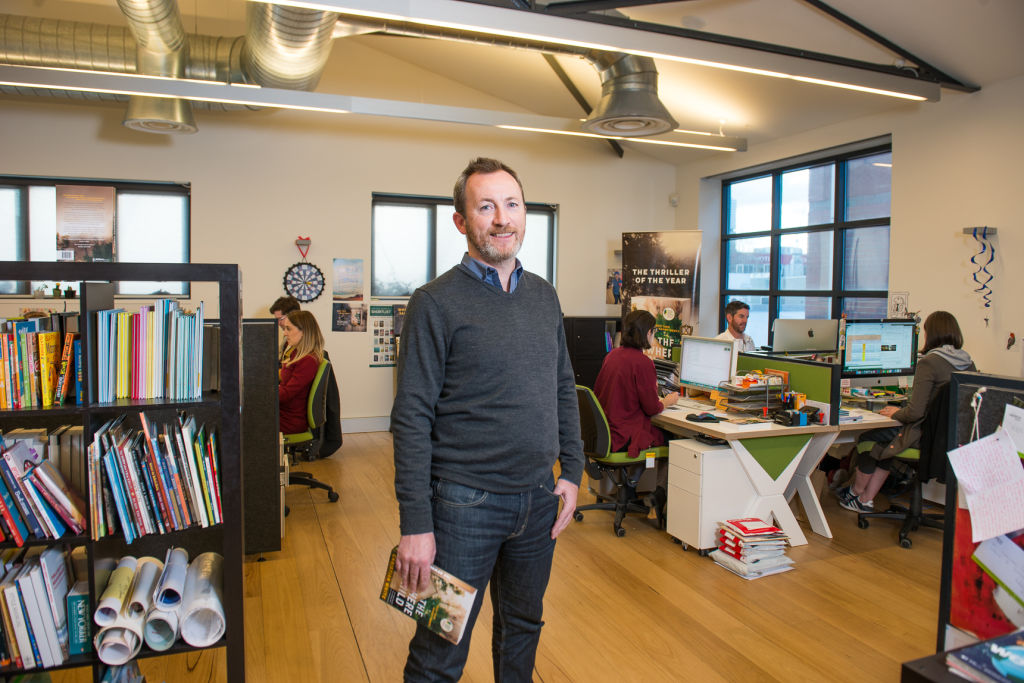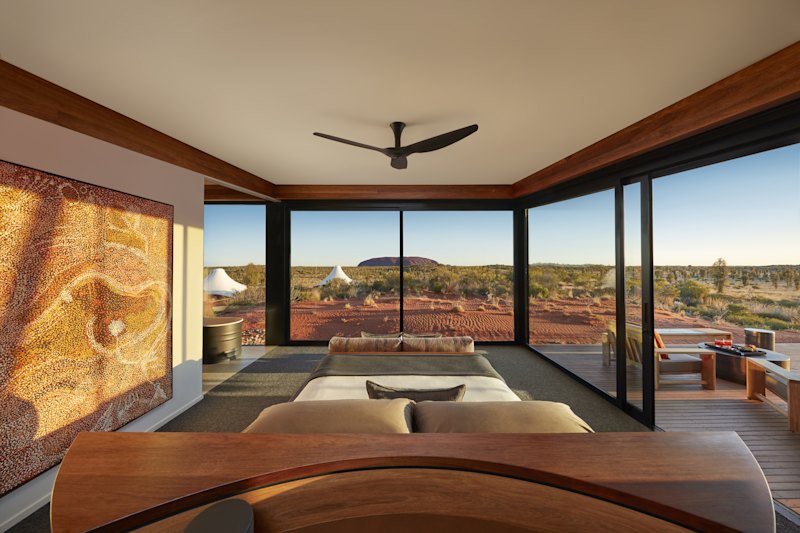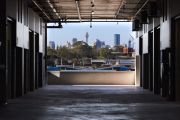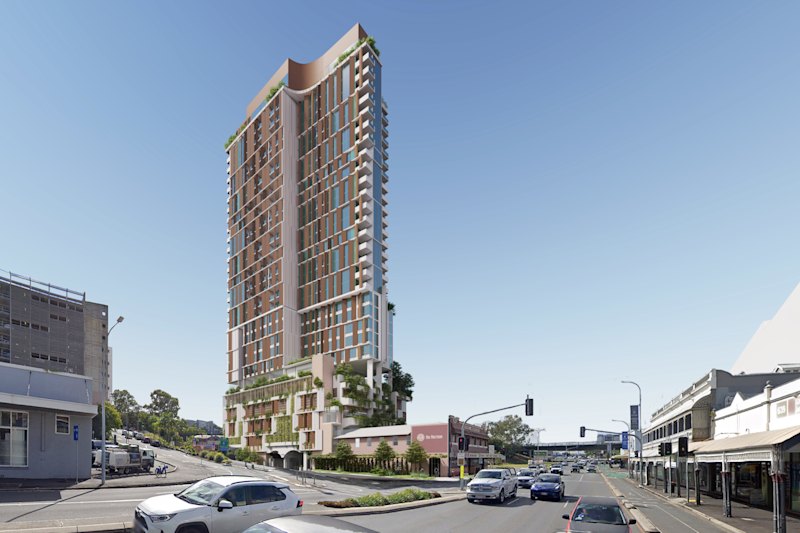
Who should sit where in the office - and how that could make or break a business
Working out the office seating plan is as tricky and potentially as calamitous as a wedding reception – when your new mother-in-law ends up next to the mad old drunk uncle by the restaurant toilets, and you know the marriage is doomed.
But the politics of workplace seating, especially since the advent of open-plan floorplates, can be even more torturous, and absolutely catastrophic for a business’s bottom line when things go wrong.
Chief executive of publisher Affirm Press Martin Hughes dreaded the task of working out a seating plan after a move to an open-plan office in a converted warehouse in South Melbourne in 2013. “But basically, we showed people the new office and asked if anyone had any issues,” he says.
“For instance, I could never sit with my back to the entranceway; I have to have my back to the corner like an old Mafioso. But no one felt the same way, and we were able to work out everything with no one agitating since to reconfigure the office, so presumably it went well.”
Regularly, however, the exercise can prove a disaster. People leadership expert Karen Gately, founder and director of human resources consultants Ryan Gately, remembers one firm that expanded their office into a dark, dingy space that its employees loathed being seated in.
They felt they were being starved of oxygen and became despondent and annoyed. “It had a big effect on their positivity and mindset and how they were performing,” Ms Gately says.
“As a result their productivity slumped. The team were offended by the lack of respect and empathy they felt management were showing them and, in return, they lost respect for the leadership team. It took a lot to turn that around!”
Of course, in any office – unless there’s a rotating seating plan or a commitment to flexible working where people sit in a different position every day – there’s always going to be someone seated by the window with the best view, someone next to the photocopier and some unlucky soul by the bathrooms.
There’ll also be some who find the office temperature too hot, others who find it too cool, and often one silent protester sitting grimly wrapped in a blanket to make their position clear.
Open-plan workplaces
But open-plan offices are definitely one trend that isn’t going away any time soon, opines Plus Architecture director Rido Pin, who practises a great deal of workplace design. “It’s important to have flexibility so people can move around and have standing desks and casual meeting places and breakout areas, as well as multiple workspaces so they can work from home if they want to too,” he says.
“They want to be able to connect in a complete environment so there’s the idea of the vertical village with staircases and open voids between floorplates which creates an atmosphere that’s dynamic. The way you work and behave is massively influenced by the space around you.”
The main problem with such open-plan working, however, can be conflict between the extroverts and the introverts. Often members of the two distinct groups try to either move closer to each other, or away from each other.
“Introverts tend to love individual offices because they don’t like unanticipated interruptions and like to focus on the task at hand, and find extroverts really draining at times,” says Ms Gately. “But the extroverts tend to love open plan so they can collaborate, coordinate and have a free-for-all, which can drive the introverts spare.
“We’ve also had feedback from those in offices where they sit in a different place every day so say they don’t feel connected any more. They might be away from their teams or buddies and they have a sense of less engagement. When that happens again, productivity falls or good staff leave for other jobs.”
At Affirm Press, some people wear headphones at times to block out others’ conversations, others choose to work from home every so often, there are breakout spaces for meetings and a standing desk on rotation for the 12 staff. But generally, the open plan system and the seating works out well, Mr Hughes believes.
“I think it definitely helps with our esprit de corps and the fact that everyone’s in earshot and knows all the time what’s going on compensates a little bit for the fact that we’re not so well organised with our processes,” he says.
“Our biggest book ever is coming out – Christian White’s The Nowhere Child – and open plan has worked well, keeping everyone pumping and all working together on its release.”
Building trust and morale
He did well, believes Fourleaf Consulting principal consultant Dr Janet Fitzell, to include some real consultation with staff rather than simply telling people what’s going to happen. “That makes people feel uninvolved and productivity can fall as a result,” she says.
“It’s vital to be mindful of different personalities and to realise that while some people might thrive in, say, an open-plan environment, where so much is going on all around them and people are chatting to their colleagues, the more introverted workers are disadvantaged. You have to create an environment that’s conducive to everyone’s working styles, with places to escape to, quiet areas and meeting spaces so people aren’t all talking at other people’s desks.”
The best solution of all, advises Ms Gately, is blended offices with some private spaces for intimate conversations and some open plan areas, and team pods. But it is still difficult to please everyone all of the time.
“So then it’s important for management to build trust with employees with things like end-of-trip facilities, after-hours dinners or elements like gym memberships,” she says. “As an employer that makes you look considerate and that you’re thinking about staff, and you care.
“But at the end of the day, there’s only so much you can do, and there has to be some tough love.”












